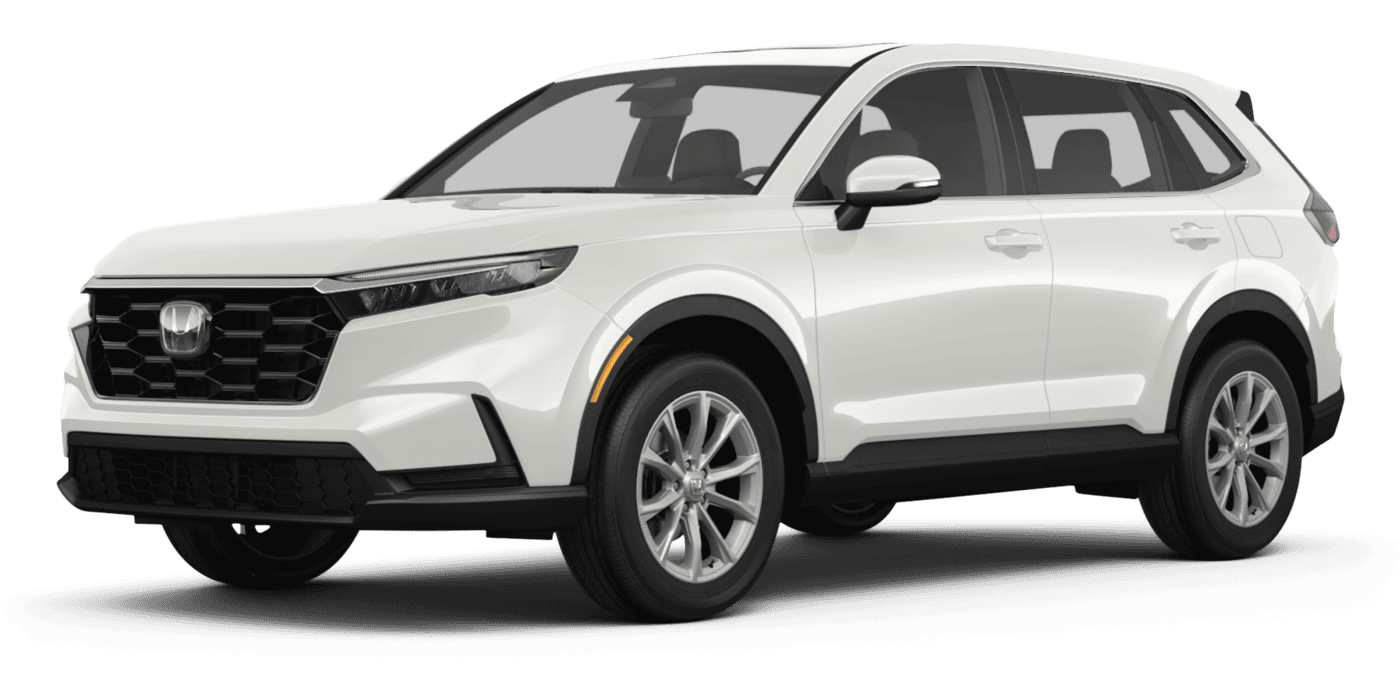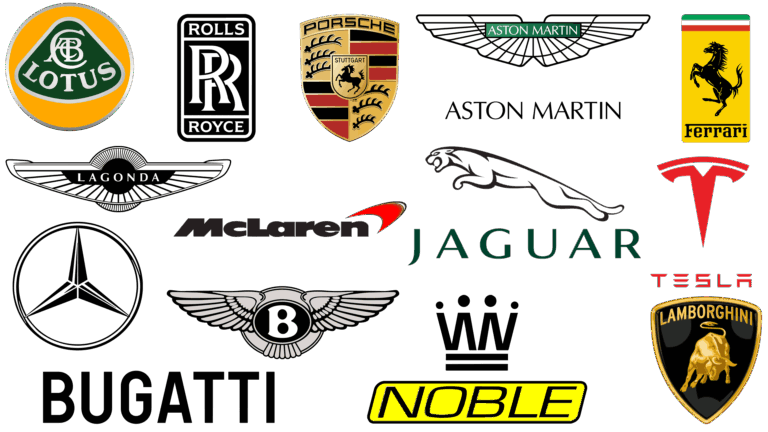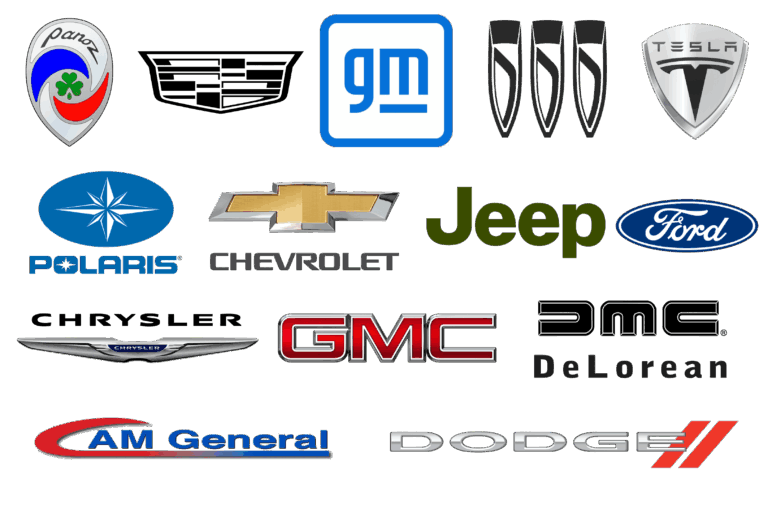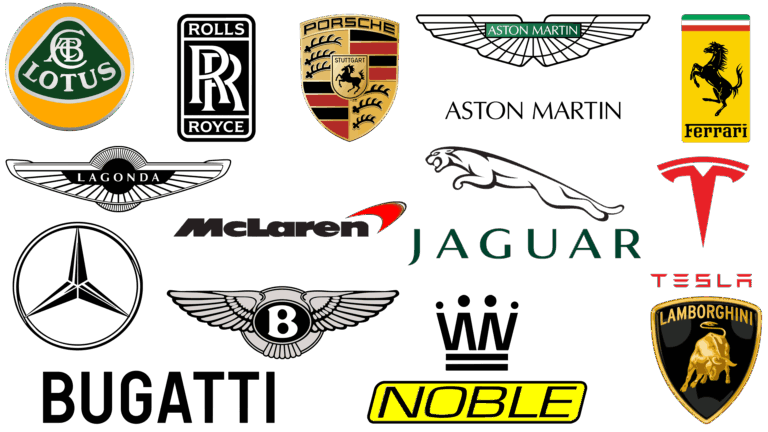Car Brands And Their Luxury Lines: Decoding the Elite Within
Car Brands And Their Luxury Lines: Decoding the Elite Within cars.truckstrend.com
In the sprawling landscape of the automotive industry, where millions of vehicles are sold annually, a fascinating strategy has taken root and flourished: the creation of luxury lines by established mainstream car brands. Far from mere trim levels, these luxury divisions operate as distinct entities, offering a heightened level of sophistication, performance, and exclusivity. This article delves into the world of car brands and their luxury lines, exploring why they exist, what defines them, notable examples, and how they benefit discerning consumers.
What Are Car Brands and Their Luxury Lines?
Car Brands And Their Luxury Lines: Decoding the Elite Within
At its core, a luxury line is a premium brand spun off or developed by an existing mass-market automotive manufacturer. The goal is to cater to a segment of the market seeking superior quality, advanced technology, refined aesthetics, enhanced performance, and a more exclusive ownership experience than the parent brand typically offers. Think of it as a meticulously curated, high-end boutique established by a successful department store – same foundation, but a distinctly elevated offering.
The importance of this strategy is multi-faceted. For the parent company, it allows them to expand into higher-margin segments without diluting the accessibility or brand image of their core offerings. For consumers, it provides an aspirational step up, combining the reliability and engineering prowess of a trusted manufacturer with the prestige and features associated with luxury vehicles. It’s a win-win, bridging the gap between everyday utility and aspirational opulence.
The Strategic Imperative: Why Mainstream Brands Go Luxury
The decision for a mainstream brand to launch a luxury line is a calculated strategic move driven by several compelling factors:
- Market Segmentation and Expansion: The luxury car market is lucrative, characterized by higher profit margins and a customer base willing to pay a premium for perceived value. By creating a separate luxury division, manufacturers can effectively target this affluent demographic without alienating their traditional budget-conscious buyers.
- Brand Image Elevation: A successful luxury line can cast a halo effect on the parent brand, subtly suggesting that the engineering and design capabilities extend to all levels of the company’s output. It demonstrates technological prowess and an ability to compete at the highest echelons of automotive design and performance.
- Technological Innovation and Trickle-Down: Luxury divisions often serve as testbeds for cutting-edge technologies, advanced safety features, and innovative design elements. Once proven in the luxury segment, these innovations can gradually trickle down to the parent brand’s mainstream models, improving their appeal and competitive edge.
- Customer Retention and Loyalty: As customers become more affluent or their needs evolve, a luxury line provides an upgrade path within the same corporate family. This can prevent loyal customers from defecting to competitor luxury brands, fostering long-term brand loyalty.
- Competitive Edge: In a fiercely competitive market, having a luxury arm allows a manufacturer to directly challenge established luxury marques like Mercedes-Benz, BMW, and Audi, leveraging their existing infrastructure and R&D capabilities.

The Evolution of Automotive Luxury Divisions
The concept of a separate luxury line gained significant traction in the late 1980s. Japanese manufacturers, particularly, pioneered this approach to break into the North American luxury market, which was then dominated by European and American brands.
- Lexus (Toyota, 1989): Perhaps the most iconic example, Lexus was launched by Toyota with the explicit goal of creating a luxury vehicle that surpassed the refinement and reliability of its competitors. The Lexus LS 400 famously shocked the industry with its quietness, build quality, and value, establishing Lexus as a formidable luxury player almost overnight.
- Acura (Honda, 1986): Honda was actually the first Japanese automaker to launch a dedicated luxury channel in the US. Acura aimed to offer performance-oriented luxury, appealing to buyers who appreciated Honda’s engineering but desired more premium features and sportier dynamics.
- Infiniti (Nissan, 1989): Following suit, Nissan introduced Infiniti, focusing on distinctive design and a more driver-centric experience, often emphasizing powerful engines and unique styling cues.

In the decades since, other manufacturers have followed similar paths or re-evaluated existing premium brands:
- Genesis (Hyundai, 2015): Hyundai’s bold entry into the luxury segment, Genesis, quickly garnered praise for its opulent interiors, strong performance, and aggressive pricing, challenging established luxury brands with a fresh perspective.
- Lincoln (Ford): While Lincoln has a long history as Ford’s luxury division, it has undergone significant revitalization efforts in recent years to re-establish its distinct identity, focusing on "Quiet Flight" design language and a serene ownership experience.
- Cadillac (General Motors): Cadillac, GM’s venerable luxury brand, has continuously evolved, shifting from traditional American luxury to a focus on performance, technology, and contemporary design to compete globally.
Beyond these direct mainstream-to-luxury pairings, the Volkswagen Group exemplifies a multi-tiered strategy, owning brands like Volkswagen (mainstream), Audi (premium luxury), Porsche (performance luxury), Bentley (ultra-luxury), Lamborghini (exotic sports), and Bugatti (hypercar), demonstrating a vast spectrum of luxury segmentation within one conglomerate.
Defining Characteristics of a Luxury Line
What exactly differentiates a luxury line vehicle from its mainstream counterpart, even if they share underlying platforms or components?
- Superior Materials and Craftsmanship: Luxury vehicles boast higher-grade leather, real wood or metal accents, softer plastics, and meticulous attention to detail in stitching and panel gaps. The tactile experience is paramount.
- Advanced Technology and Features: Expect cutting-edge infotainment systems, sophisticated driver-assistance suites, premium audio systems, adaptive suspensions, and comfort features like massaging seats or multi-zone climate control as standard or readily available options.
- Enhanced Performance and Refinement: Engines are often more powerful and smoother, transmissions more responsive, and suspension systems tuned for a more refined ride or sharper handling. Extensive sound deadening contributes to a remarkably quiet cabin.
- Distinctive Design Language: Luxury lines typically feature unique exterior styling and interior layouts that distinguish them from their parent brand, creating a more upscale and often more aggressive or elegant aesthetic.
- Exclusive Ownership Experience: This extends beyond the car itself to the dealership experience, offering personalized service, concierge programs, dedicated service lanes, and often more comfortable waiting areas.
Practical Advice for Choosing a Luxury Line Vehicle
Deciding to invest in a luxury line vehicle is a significant step. Here’s some practical advice:
- Define Your "Luxury": Do you prioritize ultimate comfort, cutting-edge technology, exhilarating performance, or prestige? Different luxury lines emphasize different aspects. For example, Lexus often excels in refinement, Acura in sportiness, and Genesis in value and bold design.
- Test Drive Extensively: Don’t just take a quick spin. Spend ample time with the vehicle on various road conditions to truly assess its comfort, driving dynamics, noise levels, and technology integration.
- Consider Total Cost of Ownership: While the initial purchase price is higher, also factor in insurance, maintenance costs (luxury parts and specialized labor can be more expensive), and depreciation. Researching resale values for specific models is wise.
- Explore Certified Pre-Owned (CPO) Options: CPO programs offer significant savings over new models while providing the peace of mind of manufacturer-backed warranties and rigorous inspections. This can be an excellent way to enter the luxury market.
- Evaluate the Ownership Experience: Visit dealerships for both the mainstream and luxury brands. Notice the difference in service, amenities, and overall approach. A significant part of luxury is the service.
- Don’t Dismiss the Mainstream: Sometimes, a top-trim mainstream vehicle can offer a significant portion of the luxury experience at a lower price point. Compare features, materials, and driving dynamics carefully.
Concluding Summary
The creation of luxury lines by mainstream car brands represents a sophisticated evolution in automotive marketing and engineering. These distinct divisions allow manufacturers to cater to diverse market segments, elevate their brand image, and push the boundaries of automotive innovation. For consumers, they offer a compelling blend of reliability, advanced features, superior comfort, and prestige, providing an accessible gateway to the world of luxury motoring. Understanding these dynamics empowers buyers to make informed decisions and find the perfect blend of practical excellence and aspirational indulgence.
Car Brands and Their Luxury Lines: Price Comparison Table (New Vehicle – Typical Ranges)
Disclaimer: Prices are highly variable based on model, trim level, options, region, and market conditions. These ranges are illustrative and represent typical MSRPs for entry-level to higher-end models within each brand, excluding ultra-luxury or exotic hypercars.
| Mainstream Brand | Luxury Line | Typical Mainstream Price Range (USD – New) | Typical Luxury Price Range (USD – New) | Key Differentiators of Luxury Line |
|---|---|---|---|---|
| Toyota | Lexus | $23,000 – $60,000 | $38,000 – $100,000+ | Unparalleled refinement, quietness, reliability, plush interiors, advanced hybrid options, distinctive design. |
| Honda | Acura | $22,000 – $50,000 | $35,000 – $70,000+ | Sporty driving dynamics, advanced technology, precise engineering, Super Handling All-Wheel Drive (SH-AWD), premium cabin materials. |
| Nissan | Infiniti | $20,000 – $55,000 | $40,000 – $75,000+ | Bold design, strong performance (often V6 twin-turbo), luxurious interiors, focus on driver engagement. |
| Hyundai | Genesis | $20,000 – $50,000 | $40,000 – $80,000+ | Exceptional value, opulent interiors, distinctive styling, powerful engines, comprehensive warranty, concierge-like ownership experience. |
| Ford | Lincoln | $25,000 – $65,000 | $45,000 – $90,000+ | Focus on "Quiet Flight" design, serene interiors, comfort-oriented ride, unique "Lincoln Black Label" personalized experience. |
| General Motors | Cadillac | $25,000 – $70,000 (across Chevy, Buick, GMC) | $45,000 – $120,000+ | Bold American luxury, performance focus (V-Series), advanced technology (Super Cruise), premium materials, distinctive Art & Science design language. |
| Volkswagen | Audi | $25,000 – $55,000 | $40,000 – $100,000+ | Sophisticated design, advanced technology (virtual cockpit), Quattro AWD, balanced performance and comfort, high-quality interiors. |
Frequently Asked Questions (FAQ) about Car Brands and Their Luxury Lines
Q1: What’s the main difference between a luxury line vehicle and a fully loaded mainstream vehicle?
A1: While a fully loaded mainstream vehicle might offer many features found in luxury cars, the key differences lie in the foundation. Luxury lines typically use higher-grade materials throughout (not just visible surfaces), feature more sophisticated engineering (e.g., advanced suspension systems, more refined powertrains), offer a distinct design language, and provide an elevated ownership experience (e.g., dedicated dealerships, concierge services). The "feel" of a luxury car, from the sound of the doors closing to the quietness of the cabin, is generally superior.
Q2: Do luxury line vehicles share parts with their mainstream counterparts?
A2: Yes, they often do. To optimize development costs and leverage economies of scale, luxury lines frequently share platforms, engines, and various components with their parent brands. However, these shared components are often highly modified, tuned, or finished to meet luxury standards. For example, an engine might be retuned for more power or smoothness, or a chassis might receive additional bracing and sound-deadening materials.
Q3: Are luxury line vehicles more expensive to maintain?
A3: Generally, yes. While the underlying reliability of the parent brand might carry over, luxury vehicles often use specialized parts, more complex electronic systems, and require specific diagnostic tools or highly trained technicians. This can lead to higher labor rates and more expensive replacement parts, especially for advanced features.
Q4: Is the resale value better for luxury line vehicles?
A4: Resale value varies significantly by brand, model, and market demand. While some luxury lines, like Lexus, have historically held their value very well, others might depreciate faster due to higher initial price points and the constant introduction of new technologies. It’s crucial to research specific models you’re interested in.
Q5: Why wouldn’t a brand just make their mainstream cars more luxurious instead of creating a new line?
A5: Creating a separate luxury line allows a manufacturer to target a different demographic without diluting the core brand’s identity or pricing strategy. If a Toyota Camry suddenly became as expensive as a Lexus ES, it might alienate traditional Camry buyers. A separate brand also allows for a distinct marketing message, dedicated sales channels, and a focus on different customer expectations regarding service and features.







